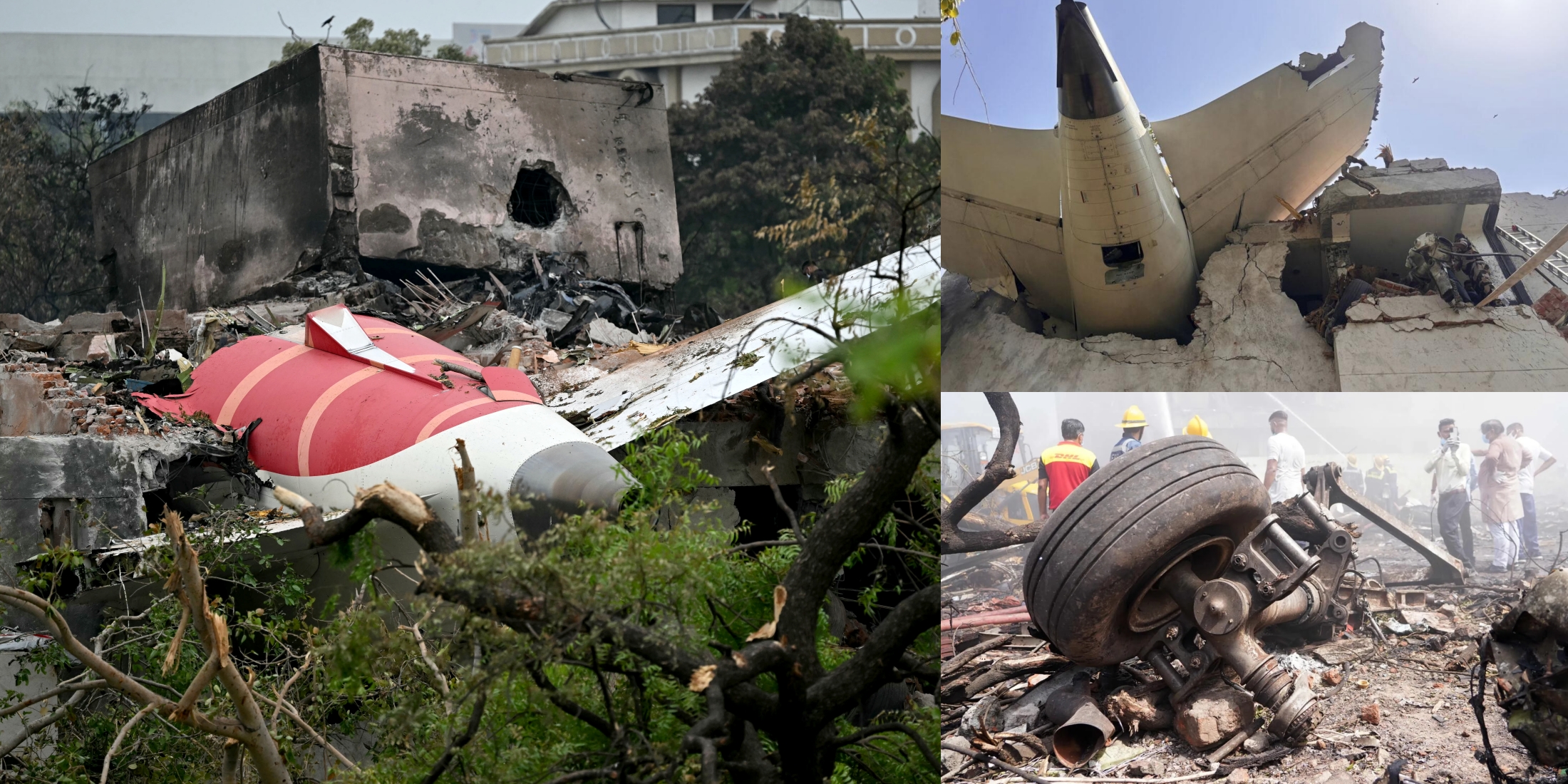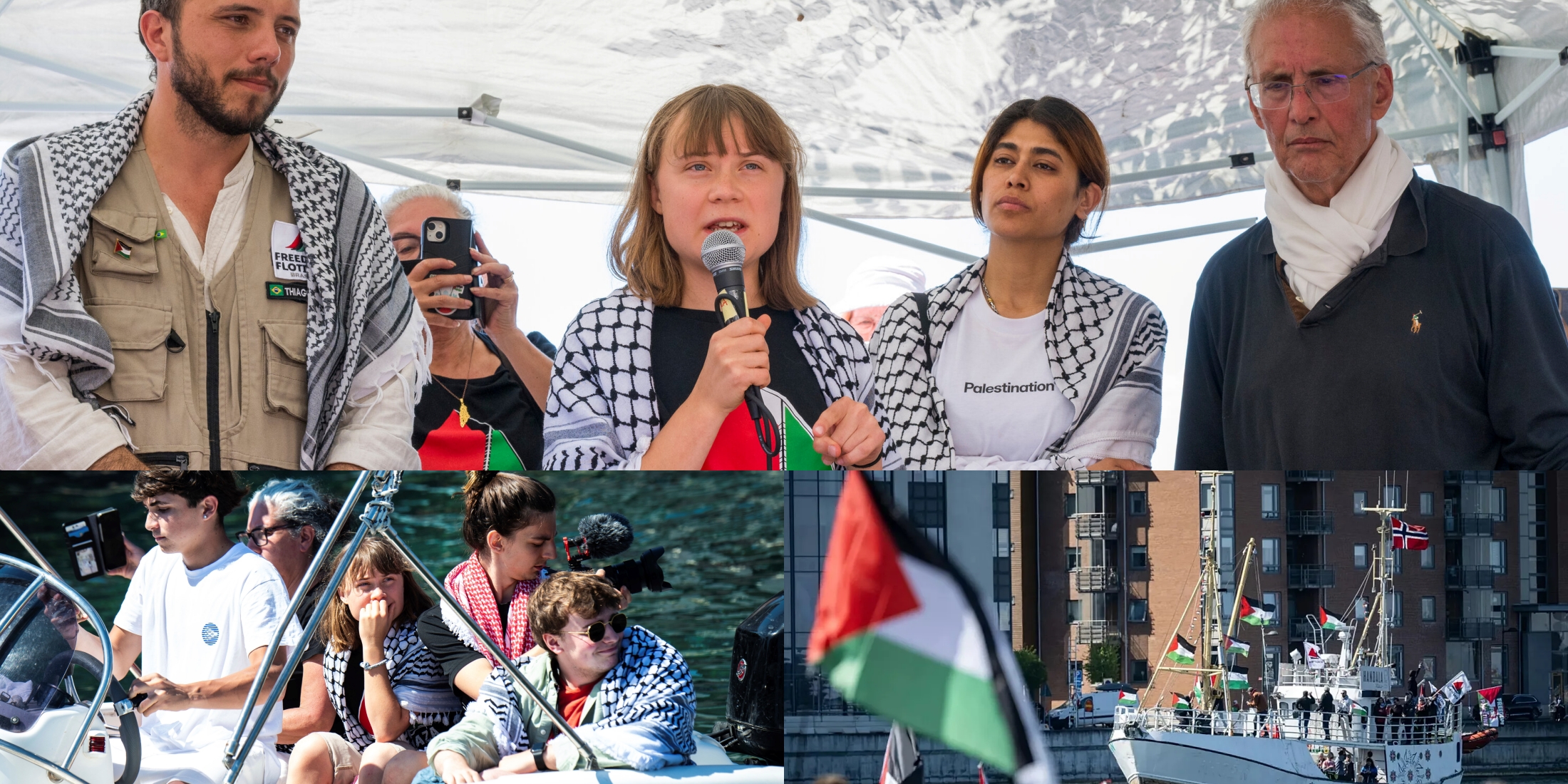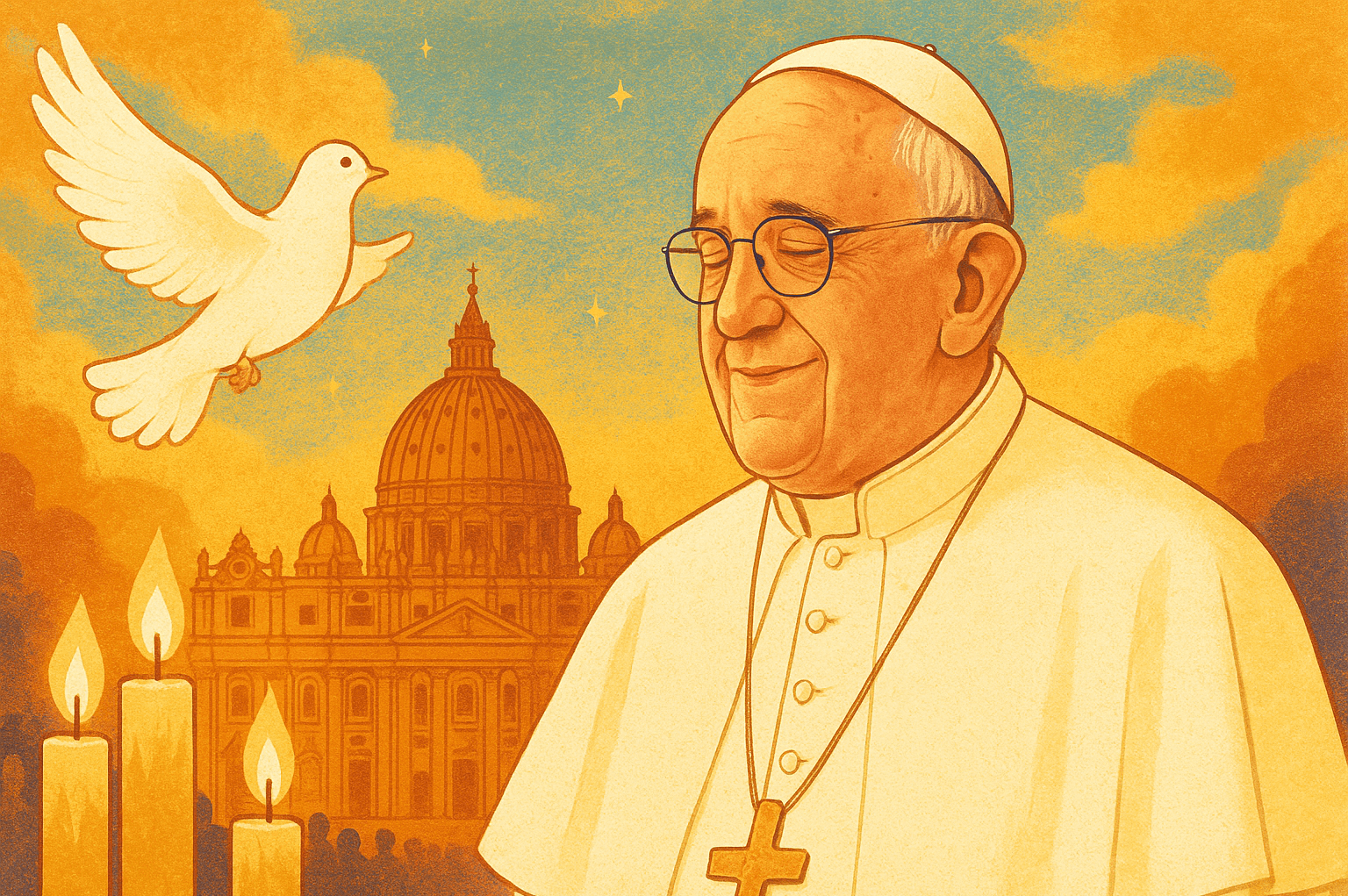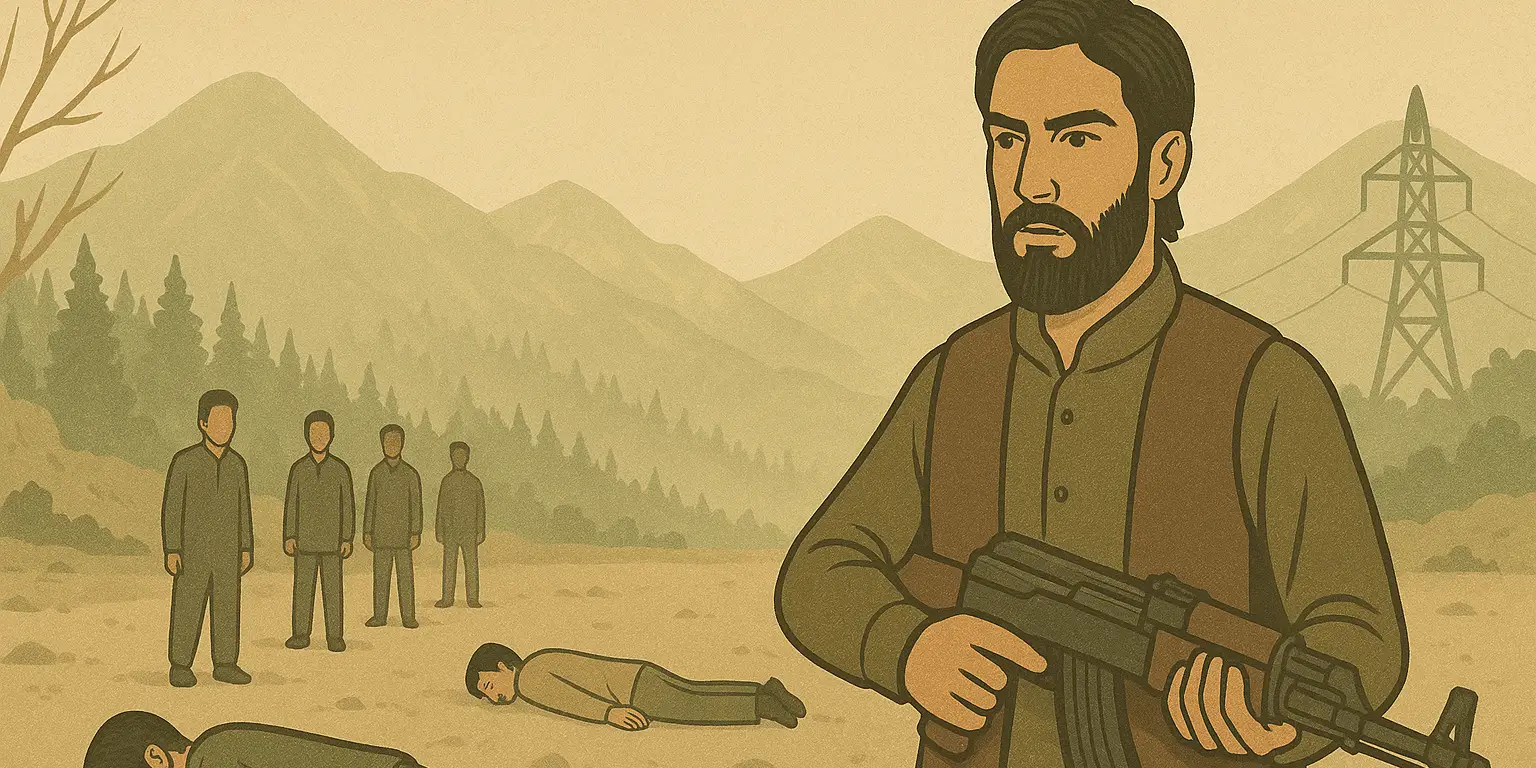Moments right after take off, an Air India flight headed for London crashed into a residential area in Ahmedabad on Thursday, June 12. This resulted in the devastating loss of the lives of all on board, 241 people, including passengers and all flight cabin crew members except one lone survivor. Additionally, the crash also led to the tragic deaths of at least eight people at the scene as the plane crashed into a residential building.
Air India flight 171 was only in the air for 40 seconds before this catastrophic crash took the lives of so many. The plane was a Boeing 787 Dreamliner that took off from Ahmedabad’s Sardar Vallabhbhai Patel International Airport at 13:39 local time and was headed to London’s Gatwick Airport, scheduled to land at 18:25 BST. Unfortunately, however, the 169 Indian nationals, 53 British nationals, seven Portuguese nationals, and one Canadian national never made it to their destination in London.
International rules set by the UN aviation body ICAO state that within 30 days of such an incident, a preliminary investigation report must be made, followed by a complete final report made, preferably within 12 months. So investigators now face the challenge of having to piece together what went wrong with the wreckage on site, the dismantled Boeing 787 Dreamliner. The ruins of the cockpit voice and flight recorder data are the only sources of hope for the investigators.
According to Ram Mohan Naidu Kinjarapu, India’s Aircraft Accident Investigation Bureau (AAIB) recovered the flight recorder data within 28 hours of the crash. On the discovery of the black box, Mr Kinjarapu said, “The [recovery of the black box] marks an important step forward in the investigation” and will “significantly aid the inquiry.”
A black box is a small electronic data recorder that is quite resistant, and a plane usually has two black boxes. One black box records flight data like the aircraft’s altitude and speed, while the other records the sounds in the cockpit. The second black box allows investigators to listen to what the pilots are saying and any accompanying unusual noises.
Since the aircraft that crashed was a Boeing, Kelly Ortberg, who is Boeing’s chief executive, said that the company was aiding the investigation into the reason for the crash. The investigation is being conducted by India’s Aircraft Accident Investigation Bureau (AAIB) and is being supported by teams from both the UK and the USA.
British national Vishwashkumar Ramesh is the only survivor from the crash, who is injured and still under recovery in the hospital. He told India’s state broadcaster DD News, “I still cannot believe how I made it out alive.” Mr. Ramesh, 40, devastatingly lost his own brother in the crash and saw the rest of the passengers and cabin crew die in front of his own eyes. “At first, I thought I was going to die. I managed to open my eyes, unfastened my seat belt, and tried to exit the plane,” he said. He suffered from burn injuries in his left hand. He was seated in seat 11A, which has gone viral on social media, with many anticipating absurd price hikes of the seat and other such conspiracy theories.
According to the BBC, a doctor has stated that DNA from relatives is going to be used to confirm the identity of victims. A police official at the post-mortem room said that the remains of six victims have been released to their families upon identification by relatives through facial features. The rest of the families of the victims are still desperately awaiting the news of the confirmed identifications of their relatives who have passed away.
Imtiaz Ali, whose brother Javed was on the flight along with his family, stated that he cannot possibly believe his brother has passed away until he is able to see his brother’s body. He told the BBC, “If I get sad and start crying, then I’ll be uncontrollable. No one will be able to stop me… my heart might burst.”
The 787 Boeing Dreamliner crashed into a highly populated neighbourhood in Ahmedabad called Meghani Nagar. According to first responders on the scene, the wreckage of the plane crash was spread over a vast 200-meter (656-feet) area. The wreckage was still scattered around the crash site on Friday, and investigators had to move the huge crowds away.
According to the BBC, it is still unclear how many people other than those on board have been killed, but it has been confirmed that at least eight have died.
The plane crashed into buildings on campus, the BJ Medical College and Civil Hospital, whose dean, Dr Minakshi Parikh, has said that four of their students have died in the plane crash. “There were also four relatives of our doctors who were on the campus when the aircraft crashed – they too were killed,” she said. “We are relying only on DNA matching to identify them, and it is something where we simply cannot rush or afford mistakes. We are working with sincerity. We want relatives to understand and be a bit patient. We want to hand over [the bodies] as soon as possible.”
The day after the crash, on Friday, Indian Prime Minister Narendra Modi visited the crash site and spent around 20 minutes there. Even though he did not give any statements to the reporters, a video was posted on his official YouTube channel showing him walking around and inspecting the wreckage.
Air India CEO Campbell Wilson said that it was “deeply moving” after visiting the scene, also on Friday.
Before Thursday’s catastrophic mishap, the Boeing Dreamliner 787-8 had successfully flown more than 700 times this year, with 25 flights from Ahmedabad to London in the last two years.
It was an 11-year-old aircraft and its common routes were between Mumbai and Dubai and New Delhi and European stops such as Milan, Paris, and Amsterdam.
When the aircraft took off on Thursday from Ahmedabad, with pilot Captain Sumeet Sabharwal and co-pilot Clive Kundar, it had nearly 100 tonnes of fuel on board and no foreseeable issues. However, within literal seconds, a mayday call surfaced from the cockpit. That was the last transmission before the plane descended and crashed into flames.
Captain Kishore Chinta, a former investigator with India’s Aircraft Accident Investigation Bureau (AAIB), said, “To my knowledge, nothing quite like this has ever happened,” further going on to call this unfortunate crash “the rarest of the rare” due to its circumstances.
Engine failure due to bird strikes or fuel contamination, improperly extended flaps, a maintenance error during engine servicing or an inadvertent crew action that cut off fuel to both engines could all be probable reasons behind the terrible loss of lives. However, till critically proven through evidence, they are just theories.
The Directorate General of Civil Aviation (DGCA) of India’s aviation regulator has ordered safety checks on all of Air India’s Boeing 787-8s and 787-9s as part of “preventative measures.”









